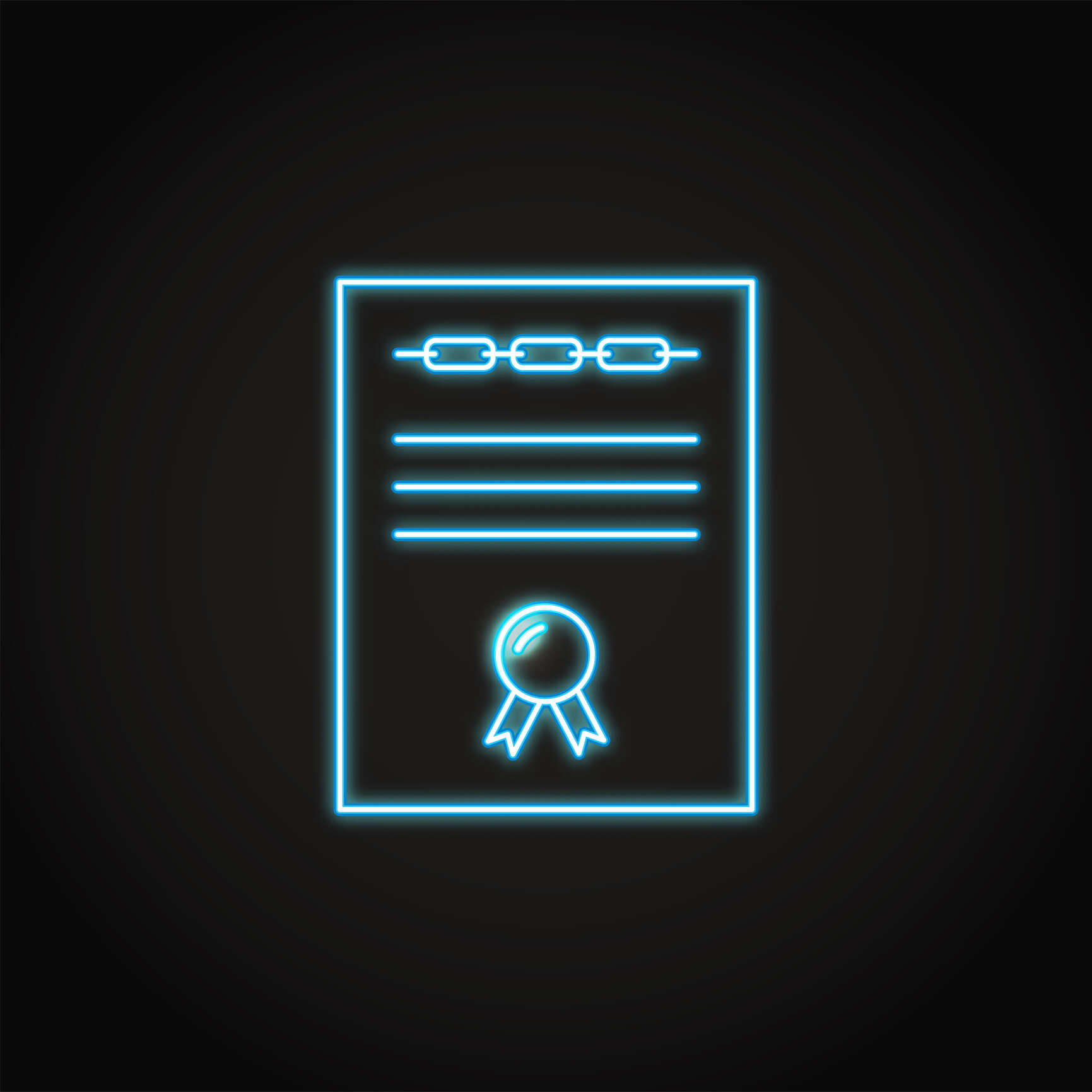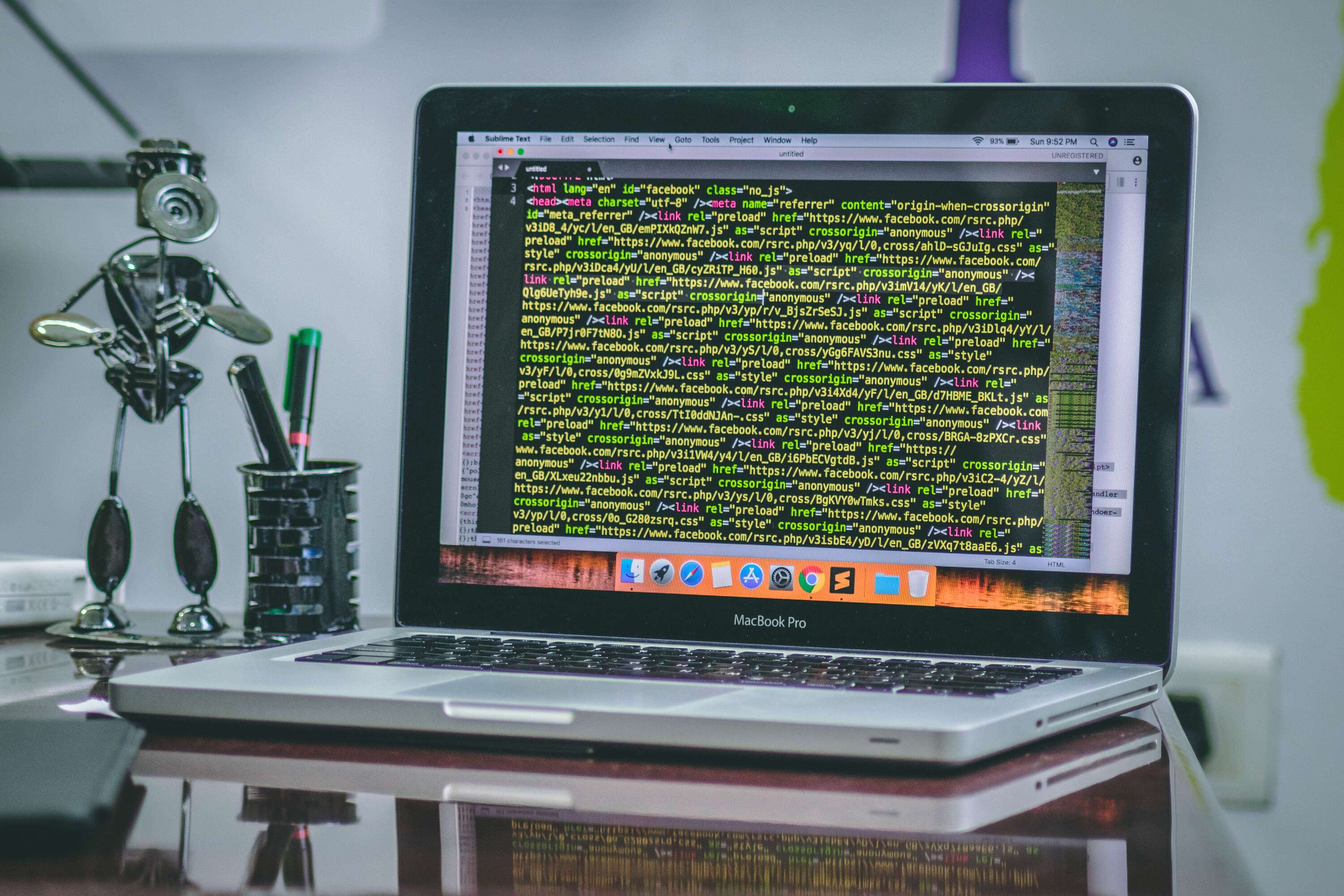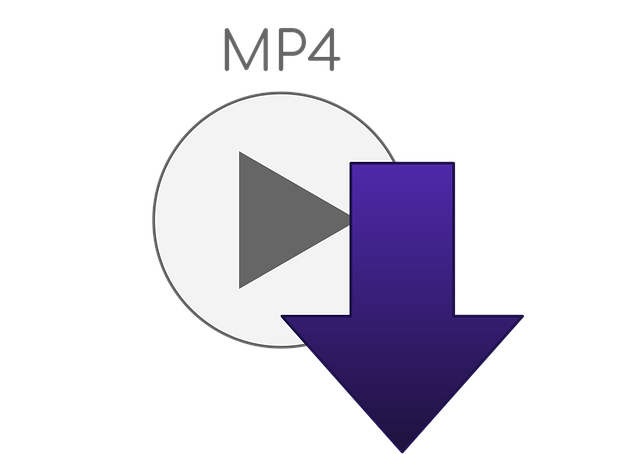WHAT ARE THE NON-FUNGIBLE TOKENS EVERYONE IS TALKING ABOUT?
NFT 'Non Fungible Tokens' are the latest addition to the crypto-asset family.
Critics might say that since Bitcoin, the great innovation of crypto-currencies is to be a non-replicable digital asset. But we must be precise and say that not replicable does not mean not fungible.
In fact, every 50euros bills, like every Bitcoin, is unique (by virtue of a serial number or alphanumeric string) but when we pay, everyone checks that it is a 50-euro bill not the serial number. That is, 50 euro banknotes are fungible. And it is the same in decentralised world, when I have to pay or deposit, the correct token amount is checked! Not that specific token!
In the Native American world, horses were considered a currency. A thoroughbred horse that has won a Grand Prix is unique and non-fungible, and therefore not worth a horse but worth being the horse that has excelled. Similarly, among the utility tokens there are some whose peculiarity can become uniqueness.
Today, there is neither an univocal definition, nor a codified one; they fall into the category of utility tokens, which are unique (non-fungible) virtual resources generally created to represent assets in digital format (digital works of art, collectible objects on blockchain, property in the virtual world) or to certify real physical properties on certain assets (cars, works of art, real estate...), created and exchangeable, through specific platforms, on blockchain (mainly Ethereum, Binance, SmartChain, Flow, EOS, Tron).
In other words, it guarantees the originality, ownership and provenance of a digital asset and/or a right inherent to a physical asset, whose provenance it can guarantee.

WHAT ARE THE CHARACTERISTICS OF A NON-FUNGIBLE TOKEN?
- Uniqueness: there is no same copy. The NFT offers another protection tool alongside the DRM used to combat online piracy, making it impossible to replicate the same content an infinite number of times (a typical characteristic of digital goods).
- Authenticity: This makes it possible to establish the provenance of a specific digital object by answering: who owns it, who has owned it, who created the NFT, what rights and who can use it, and which of the copies is the original. This is possible thanks to a registry on blockchain that codifies the provenance, and a smart contract, which sets the conditions of the transfer.
- Immutability: the data on blockchain as well as the smart contract are unchangeable.
- Interoperability: it can work with different wallets and exchanges, and can be sold on a secondary market.
- Transparency: every time an NFT is traded, whether at the first coin or on the secondary market, the new owner and the price paid are indelibly recorded on the blockchain. Available for anyone to see and verify.
WHAT DOES TOKEN MEAN?
They have been so successful that today the UK Encyclopaedia no longer contains the meaning of token as "token for wasching machine", but as a "digital representation of a physical good or service".
Click here the link https://www.britannica.com/topic/non-fungible-token n
WHAT IS AN NFT TECHNICALLY AND HOW IS IT CREATED?
The software that generates the tokens follows certain rules, must contain certain elements and is linked to the broad family of smart contracts that define the type and nature of the tokens themselves. This means that among all the functions that smart contracts have (connection of meteorological data to insurance policies, voting policies, or the issuing of certificates...) there are some whose function is precisely to generate tokens.
More simply, a token contract is a special type of smart contract issued with a few lines of code, which defines a package of conditional rights assigned to the token holder.
Today, there are many protocols and platforms that enable the writing of smart contracts and thus the generation of tokens. The most widespread is certainly Ethereum, with the ERC-20 protocol.
Technically, an NFT is a set of metadata that includes a hash, i.e. a unique identification code of the digital asset to which it refers. As already mentioned, it can be exchanged via smart contract that defines its conditions.

WHERE AND HOW IS THE NFT STORED?
NFTs usually do not store the digital asset itself on the blockchain (because that would cost thousands/millions of dollars) but instead contain a URL which points to the metadata of the digital asset, usually stored on distributed file storage such as IPFS or Arweave.
The blockchain only records key parameters:
the name of the author, the title of the work, the identification token, the address of the NFT wallet and smart contract, the wording "non-fungible-token" (jpg) some image info such as weight, and the phrase "Minted on 10 January 2022. This work is unique".
So, a smaller amount of data than the MB of the digital work. In this way, only the person who owns the private key is the custodian of that token, but it must also be considered that these works remain available to all users of the web, but cannot be used or exploited.

![]()
![]()

When we purchase the file, we do not purchase the image, but its property rights or its certificate!
The NFT remains a file, (some examples are shown in the photo below) and therefore remains copyable and usable by anyone.
Hence, the need to associate it with an alphanumeric code, which is made unique by being embedded on a blockchain; the code will allow us to give a value to the file and thus to trade it.
